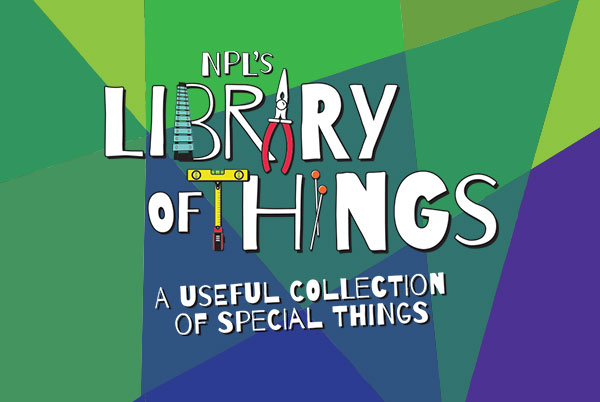
On one side of the world, a boy looks out his window to watch colorful fireworks burst in the sky. In another part of the world, a girl presses her face to her window as she sees rockets and bombs strike her neighborhood. Their lives are so very different, yet in the Turkish picture book The Ferris Wheel, their stories intertwine and run parallel to one another in what is one of the most moving picture books I have read in recent memory.




